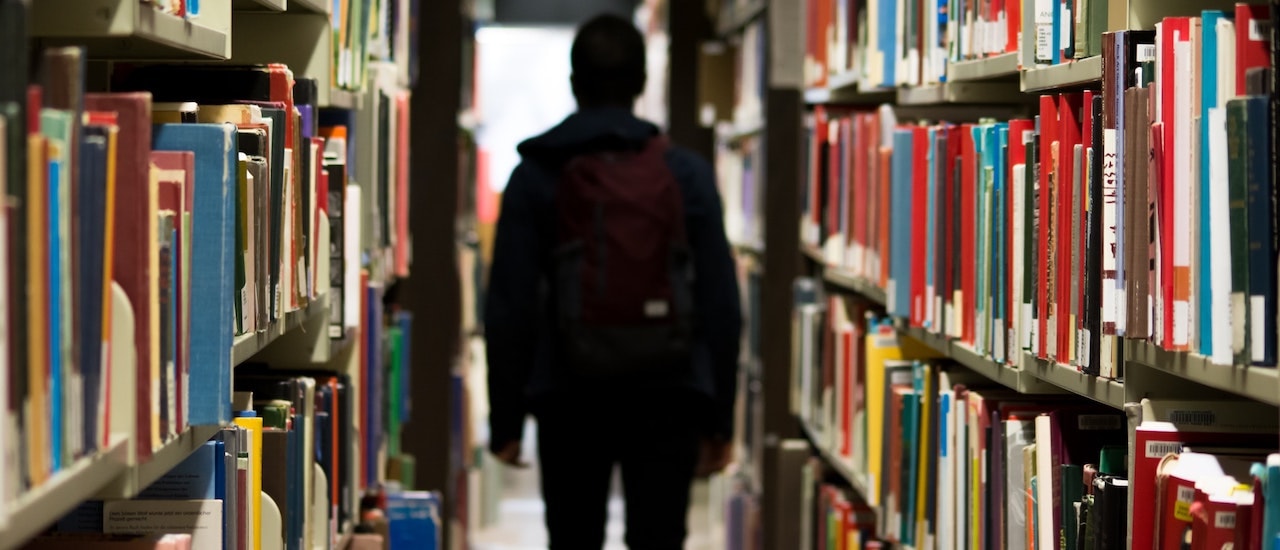This opinion piece was originally published in Morning Consult.
Low-income Americans; Black, Hispanic and Native Americans; the elderly; Americans with a high school education or less; and rural Americans are much more likely to be on the wrong side of the digital divide. Ours remains a nation where too many people, often our most vulnerable citizens, are unconnected or under-connected.
The digital divide may have made the news during the COVID-19 pandemic, but it isn’t new.
For much of the past quarter-century, Washington policymakers have ignored the digital divide. In more recent years, some public officials, for political reasons, have identified the digital divide as primarily a rural issue, noting that approximately 5 million rural American households can’t access broadband networks. In reality, the number of rural households that can’t access broadband is dwarfed by the roughly 20 million American households that can’t afford Internet access, and that number almost certainly has increased as a result of the pandemic.
Today, Washington finally seems willing to engage in addressing the digital divide. What we need now are not the patchwork solutions of the past, but a thoughtful, fully funded, comprehensive effort to ensure broadband connectivity for all Americans.
My colleagues and I at the U.S. Department of Commerce’s National Telecommunications and Information Administration identified the disparity in access to Internet technology in 1995 in “Falling Through the Net: Haves and Have-nots in Rural and Urban America.” In that report, we noted that several factors impacted access to technology: income, race, education, age, and geography.
The difference today, however, is that broadband access has become critical to living life in our country. It is simply impossible to fully participate in society, particularly during a pandemic, without broadband access.
In 2020, 27 percent of elderly Americans don’t have broadband access. And 40 percent of small businesses in New York City are located in gigabit deserts and don’t have access to copious broadband networks.
As many as 30 percent of K-12 students, according to a report by Common Sense Media, don’t have the tools necessary to engage in remote learning. For many this will mean no continued learning during COVID-19 lockdowns.
And many of the 70 percent of residents on rural tribal lands who remain without access to fixed high-capacity broadband, according to The American Library Association, are unable to continue with their studies or job online.
How can we bridge the digital divide, thoughtfully and effectively?
Map availability and affordability
The Federal Communications Commission, and NTIA, in conjunction with state regulators, must find a way to accurately map broadband availability and affordability. You can’t fix what you don’t understand, and our regulators are flying blind when it comes to the true state of broadband connectivity in America today.
Redefine ‘broadband’
For some years the FCC has defined broadband as 25 megabytes per second down and 3 mps up. That standard was insufficient when it was adopted, and is now laughably outdated.
In a report I wrote for the incoming Obama administration in 2008, I called for a 100 mps national standard by 2010. Today, when video conferencing products such as Zoom are near essential tools for education, commerce, and entertainment, a low-bandwidth, asymmetrical standard is unacceptable.
The FCC must now update and modernize its definition of “broadband.” The starting point for any future broadband standard should be 100/100 mps, with an understanding it may take additional time for rural communities to reach that standard.
Modernize and adequately fund connectivity programs
The FCC’s Lifeline program, established during the Reagan era, provides subsidies to low-income families to enable connectivity to telecommunications devices. The current program’s provision of less than $10 per month for connecting one telecommunications device per household is far from adequate to enable meaningful connectivity.
Congress and the FCC must rethink and re-establish the program for the current broadband era.
Use public spaces to improve accessibility
In addition, there are three key things schools, libraries, and other public facilities could do to help reduce the digital divide and provide more equitable access to the Internet. The first two of which can be done immediately:
- Use schools and libraries as community WiFi hot spots. This requires a few things, all of which are possible right away: With relatively minimal funding, schools and libraries could place more outdoor access points on their facilities. This actively broadcasts the school or library’s WiFi signal to the local community so that students and – potentially – other community members can have access to Internet resources. The reach of outdoor, unlicensed WiFi is more limited than the other options below, but it can easily reach most of the block that the building is on.
- Schools and libraries can help provide greater connectivity by providing WiFi hotspots to students, library patrons, and their families. There are a number of good options, not just from the main carriers, but from more education-focused providers like Kajeet, ENA, and Mobile Citizen.
- A final, more strategic solution that will take longer to implement but that holds significant promise for permanently resolving or reducing the homework gap: We should consider schools, libraries, and other institutions as anchor locations for true community-focused cellular Internet access.
Using either the Educational Broadband Services spectrum, or the Community Broadband Radio Services spectrum, schools, libraries, and other public facilities could provide secure, low-cost, and high capacity cellular wireless Internet to students (and other community members, potentially) across New York City.
Although the upfront costs of building out cellular data networks is more expensive than installing outdoor WiFi or purchasing hot spot plans, this solution would potentially cover much more of the city (indeed, all of it), and the long term total cost of ownership per student/community member is much, much less than paying ongoing fees for hot spot data plans.
We have a clear path toward full broadband connectivity. We can and should make connecting all Americans a national priority. We don’t have another quarter century to waste.
Image by bantersnaps via Unsplash

